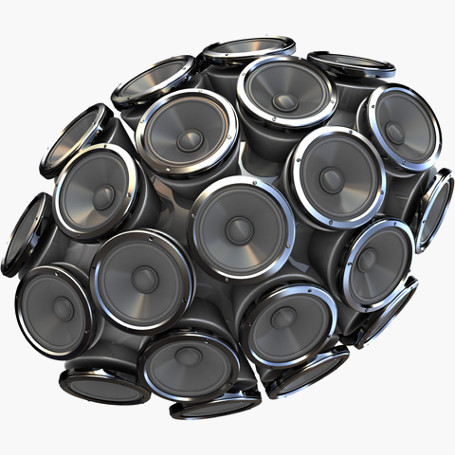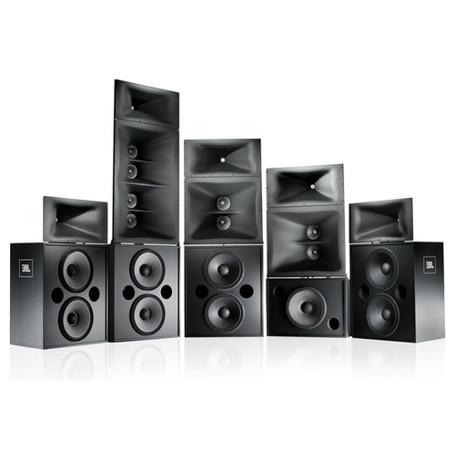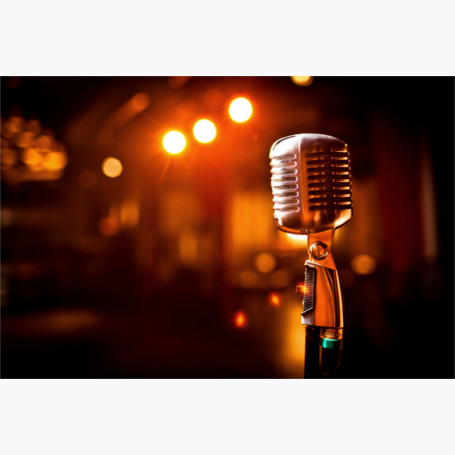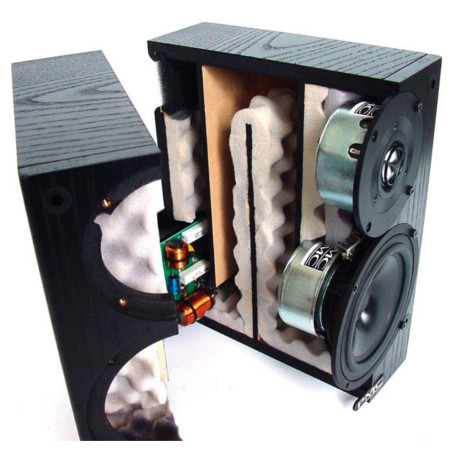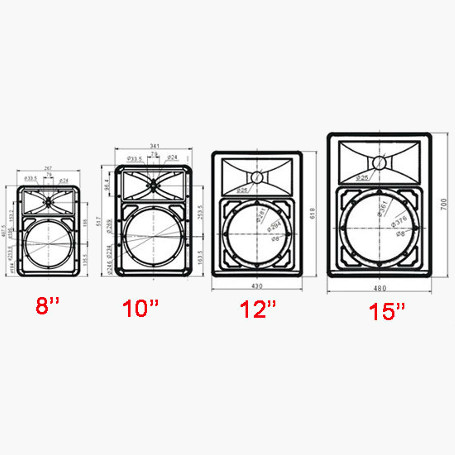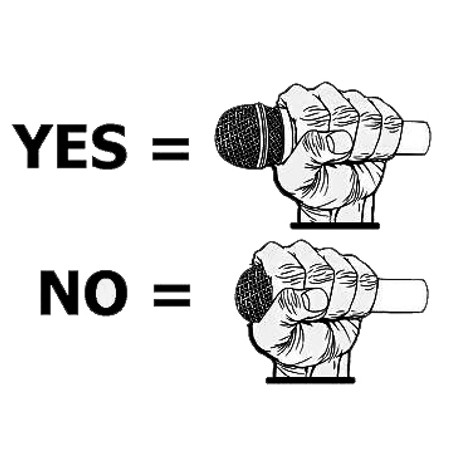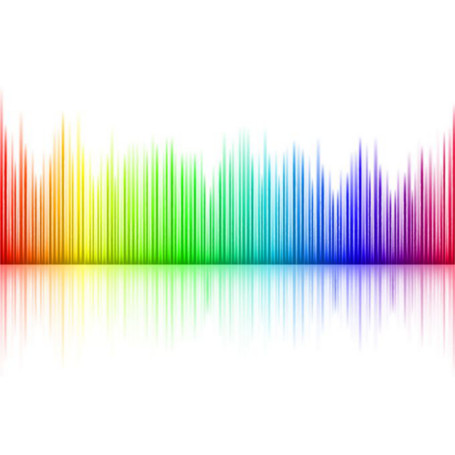How many loudspeakers is enough?
First of all, different loudspeakers can output different level of volume. We usually use Watt like 250W or 500 to express how much power of loudspeakers are needed in an event. Technically speaking, there are various factors determining how many loudspeakers is needed like venue size, number of participants, blocking structures, wall materials and etc. Below is only a rule of thumb.
Voice only event like a talk needs 2W per audience. Interactive event like a wedding party needs 4W per participants. In some music shows like singing along to CD, 6W is required for each person. For really loud application like a Band Show, up to 50W may be needed. If the events are held outdoor, the 150% of the original Watt is needed.
